This article was co-authored by wikiHow staff writer, Eric McClure. Eric McClure is an editing fellow at wikiHow where he has been editing, researching, and creating content since 2019. A former educator and poet, his work has appeared in Carcinogenic Poetry, Shot Glass Journal, Prairie Margins, and The Rusty Nail. His digital chapbook, The Internet, was also published in TL;DR Magazine. He was the winner of the Paul Carroll award for outstanding achievement in creative writing in 2014, and he was a featured reader at the Poetry Foundation’s Open Door Reading Series in 2015. Eric holds a BA in English from the University of Illinois at Chicago, and an MEd in secondary education from DePaul University.
There are 7 references cited in this article, which can be found at the bottom of the page.
This article has been viewed 17,518 times.
Learn more...
The Instant Pot is an exceptionally helpful tool when it comes to cooking, but it does require frequent cleanings. Since food cooks for a longer period of time in an Instant Pot, odors and food residue tend to build up in the lid and sealing ring. Smaller parts, like the steam release valve and anti-block shield, are often affected as well. By performing regular washes and storing your Instant Pot correctly, you can prevent odor buildup and food residue from sticking to your lid. If periodical washes aren’t enough, you may need to execute a deep clean to remove tougher stains, odors, and grime.
Steps
Tackling Regular Washes
-
1Wipe the lid off with a damp cloth after every use. Your Instant Pot lid will rarely require more than a simple wipe with a damp cloth. After each meal has been cooked, wait for an hour to let the pot cool down. Then, dampen a clean towel or microfiber cloth with water. Wash the exterior and interior surfaces of your lid by gently wiping in a circular motion before letting your lid air dry.[1]
-
2Use a dishwasher to keep your lid clean after 2-3 uses. Your Instant Pot lid is dishwasher safe, and none of the parts will be damaged by a basic rinse cycle. To clean your lid in the dishwasher, place it on the upper rack with the bottom of the lid facing down. Always make sure that your lid has cooled down after cooking with it before placing it in the dishwasher, or you’ll risk burning your hands.[2]
- You don’t need to wash it after every use, but a dishwashing cycle will help prevent odors and residue buildup after multiple meals have been prepared with it.
Advertisement -
3Remove the anti-block shield and hand wash with dish soap. The anti-block shield is the small metal cap with six small holes in it that is affixed to the inside of your lid. To remove the anti-block shield from your lid, press on it firmly from the side with your thumb or forefinger. Wash it by hand with a microfiber cloth and dish soap. Let it air dry on a drying rack.[3]
- The anti-block shield has six holes that create an opening to release steam, so the inside comes in direct contact with food odors. This means that it’s the part that is the most likely to require a specific cleaning.
- Make sure that you reattach your anti-block shield before using your Instant Pot again.[4]
-
4Wash the inner ring to remove nasty odors. The plastic ring that seals the lid of your Instant Pot is usually a culprit in keeping old odors around. Remove the plastic ring by peeling it out with your forefinger and thumb. Wash it by hand with dish soap and a small by running each section of the ring through your soapy sponge. Let it air dry.[5]
- You can purchase replacement rings in case your inner ring has developed a permanent scent.
- You can clean the surface of the inner ring with a toothbrush and warm water after you cook if you want to simply wash the ring’s surface without removing it.[6]
Deep-Cleaning a Grimy Lid
-
1Remove the smaller parts and set them aside. Take off the anti-block shield by pressing it on the side with your thumb or forefinger. Remove the steam release valve by pulling the handle directly up towards you. Slide out the condensation collector and pour out any remaining liquid.[7]
- The anti-block shield is the small knob on the interior of your lid. It has six small holes punched into it. It leads steam to the release valve so it occasionally gets condensation trapped in it.
- The steam release valve is the small black lever on top of your lid. It’s the mechanism that releases excess steam, so it can get quite moist and dirty.
- The condensation collector is the small clear container affixed to the side of your lid. This piece collects run-off condensation from your pot, so it’s often exposed to food particles.
-
2Remove the inner ring by peeling it out with your fingers. The inner ring is the clear plastic seal that locks your lid into your pot. It is pressed into a groove, which you can peel out by hand by pulling on the lip where the ring meets the metal lid.[8]
-
3Soak all of the smaller parts in a bowl filled with white vinegar. Fill a large bowl with 1 part white vinegar and 1 part water. Drop all of your smaller pieces into the solution and let them soak for one hour. All of these pieces are dishwasher safe, so you don’t need to worry about damaging them while they soak.[9]
-
4Rinse the smaller pieces with cold water and let them air dry. After they’ve soaked for a while, you can remove your anti-block shield, steam release valve, condensation collector, and the sealing ring and place them in your sink or on a dry towel. Run each part under cold water, making sure that each section of each piece comes in contact with the water. Leave them on a drying rack or dry towel to air dry.
-
5Scrub the lid with warm water and dish soap. Use a sponge or microfiber cloth to scrub the lid. You don’t need to scrub excessively hard, since the lid is stainless steel and does a good job of keeping grime out to begin with. Run your soapy sponge or cloth across every portion of your lid by moving in small circular motions.[10]
-
6Rinse your lid with cold water and let it air dry. After you’ve scrubbed both sides of your lid, you can run it under cold water to rinse away the soap. Let your lid air dry on a dry towel or drying rack.
- It’s rare that you’ll need to execute a deep clean, and you can avoid needing to do it regularly by wiping the lid after every use.
Storing and Maintaining Your Lid
-
1Store your lid upside down to keep it dry. When you’re not using your Instant Pot, you can keep the lid clean by storing it upside down on the inner bowl. Simply flip your lid after cleaning to prevent odors from building up. This will also ensure that food particles and condensation don’t get trapped inside your Instant Pot.[11]
-
2Replace parts as they wear down over time. You can purchase replacement parts for Instant Pot. The steam valve, sealing ring, anti-block shield, and condensation collector can all be replaced individually. You can even opt for a brand new lid if you find that you simply cannot remove long-term odors or stains.
- If you find yourself regularly replacing smaller parts, it may simply be time for a new Instant Pot.
-
3Clean your Instant Pot regularly by running steam mode. You can save yourself from needing to clean the lid often by cleaning the entire pot itself. Add 2 cups (470 ml) white vinegar and a few drops of lemon juice to your pot. Run the pot on steam mode for 5 minutes. After 5 minutes, rinse the interior pot and lid with cold water.[12]
- Regular steam mode cleanings will also prevent odors from building up in your sealing ring.[13]
Things You’ll Need
Tackling Regular Washes
- Dish soap
- Microfiber cloth or sponge
- White vinegar
- Toothbrush (optional)
Deep-Cleaning a Grimy Lid
- Dish soap
- Microfiber cloth
- Large bowl
- White vinegar
- Sponge
Storing and Maintaining Your Lid
- Lemon juice
- White vinegar
- Cloth
References
- ↑ https://www.tasteofhome.com/article/how-to-clean-an-instant-pot/
- ↑ https://dev.instantpot.com/care-use/
- ↑ https://www.pressurecookrecipes.com/instant-pot-cleaning/#parts
- ↑ https://www.tasteofhome.com/article/how-to-clean-an-instant-pot/
- ↑ https://www.bonappetit.com/story/how-to-clean-instant-pot-sealing-ring
- ↑ https://www.tasteofhome.com/article/how-to-clean-an-instant-pot/
- ↑ https://www.pressurecookrecipes.com/instant-pot-cleaning/
- ↑ https://www.bonappetit.com/story/how-to-clean-instant-pot-sealing-ring
- ↑ https://www.bonappetit.com/story/how-to-clean-instant-pot-sealing-ring
- ↑ https://www.pressurecookrecipes.com/instant-pot-cleaning/#parts
- ↑ https://cleanfooddirtygirl.com/instant-pot-part-two-tip-tricks-and-frequently-asked-questions-answered-plant-based-oil-free-instant-pot-minestrone-soup/
- ↑ https://clark.com/family-lifestyle/instant-pot-stained-clean-get-rid-of-smell/
- ↑ https://clark.com/family-lifestyle/instant-pot-stained-clean-get-rid-of-smell/



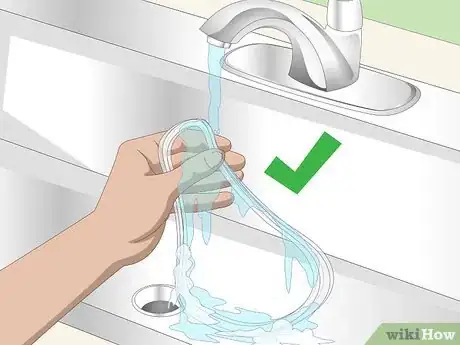
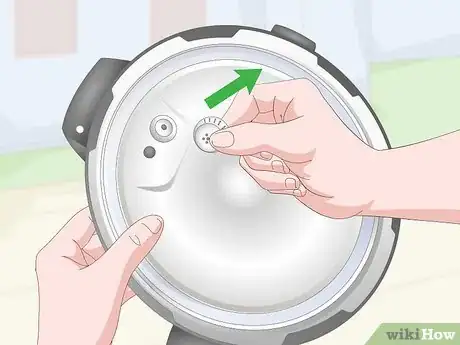



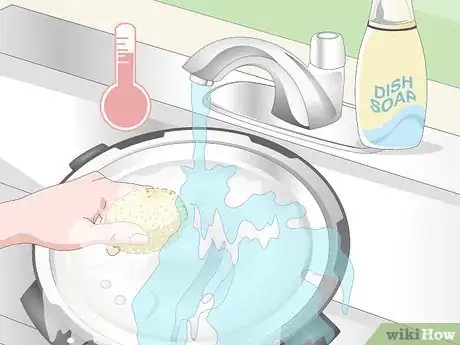
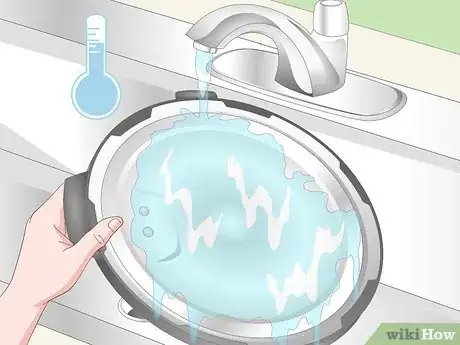
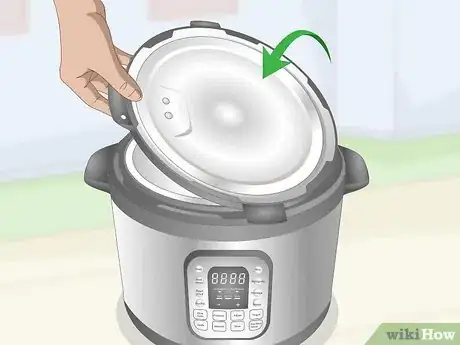
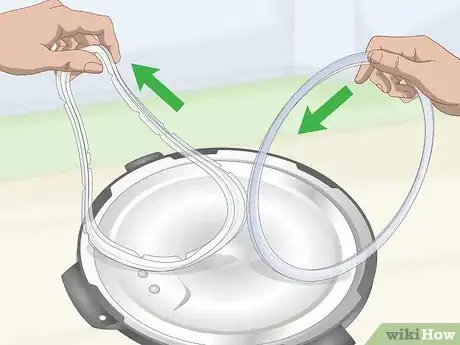
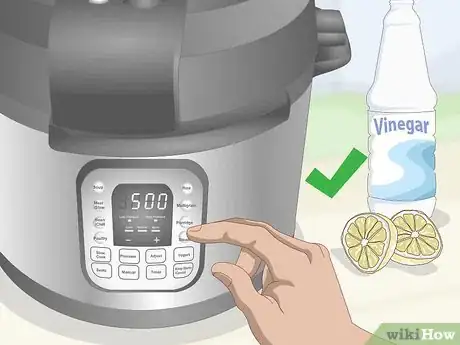





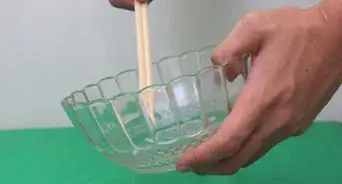









-Step-12-Version-2.webp)




































